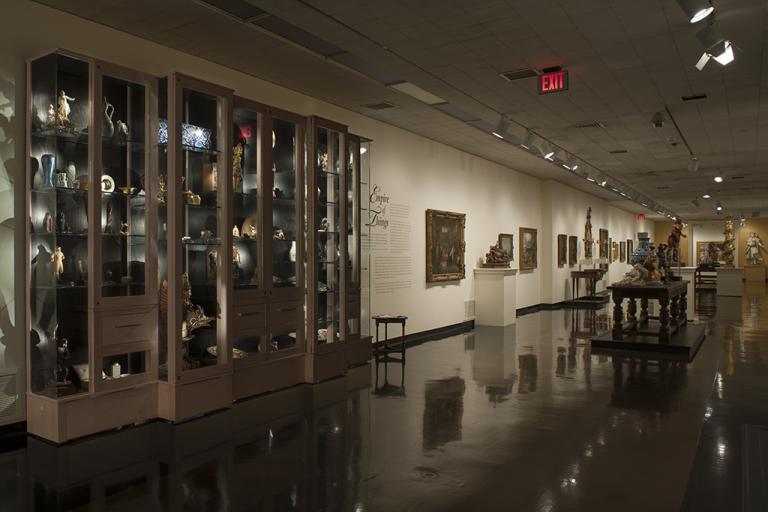Vulcan Forging Arrows, Andrea Riccio
Artwork Overview
Andrea Riccio, artist
1470–1532
Vulcan Forging Arrows,
circa 1500–1530
Where object was made: Padua, Republic of Venice (present-day Italy)
Material/technique: bronze
Credit line: Gift of Jack Linsky, Esq.
Accession number: 1957.0109
Not on display
If you wish to reproduce this image, please submit an image request







